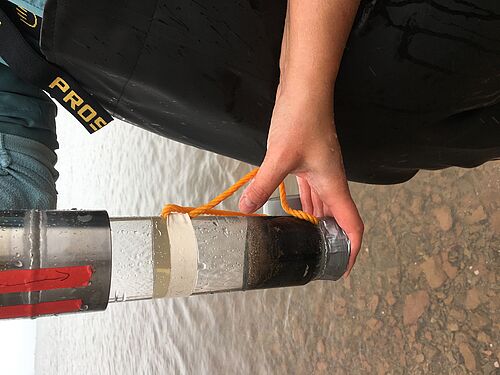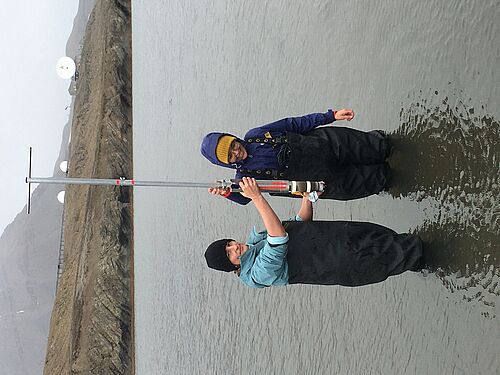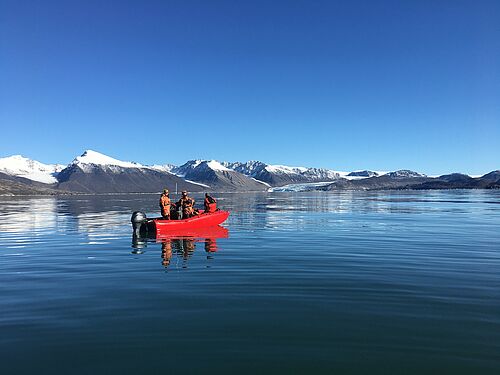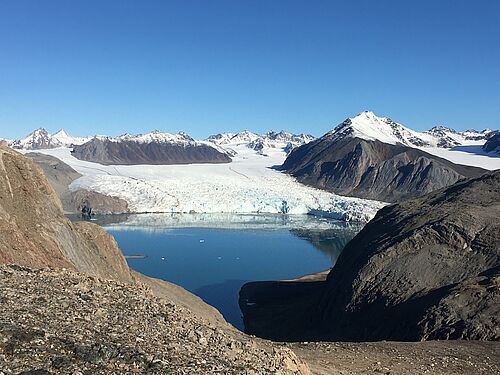Field work during the expedition is dedicated to research questions of marine and terrestrial polar research. The main focus is on benthic diatoms and bottom crusts. Benthic diatoms are found on sediments and rocks in shallow waters of coastal areas and of Arctic lakes and streams. These microalgae are of great ecological importance because they are highly productive and adaptable and serve as an attractive food source for many aquatic animals. During the expedition, the biodiversity of benthic diatoms will be recorded for the first time using state-of-the-art methods. The researchers are also interested in the extent to which these algal cells are infected by fungal parasites. There are already indications that parasitism is also promoted in polar regions by global warming. The consequences for biotic communities and their ecological functions are not yet known.
In addition, biological soil crusts are sampled in the tundra. The community of biological soil crusts is an assemblage of bacteria, algae, fungi and lichens that perform ecologically extremely important functions in the Arctic in terms of biomass production, nitrogen fixation and soil stabilization usually dominating the vegetation. Here, the research focuses on the influence of changing temperature and water availability on the metabolism of this community.
The data collected during the expedition will show if and how climate change affects the structure and performance of key aquatic and terrestrial organisms in the Arctic. The studies will also help make predictions about the future importance of the ecological functions of these organisms.
For the Arctic researchers currently working on Spitsbergen, it is clear that it is no longer a question of when the consequences of climate change will become apparent. Researchers have been studying how life in the increasingly warm Arctic is adapting to the changing climatic conditions for a long time. Thus, few other areas of research are better suited to highlight the long-term global consequences of climate change and provide impetus for global action.
The expedition is supported by several projects in the priority program of the German Research Foundation DFG entitled "Antarctic Research with Comparative Studies in Arctic Ice Regions", which aims to promote polar research by German universities in particular. For example, the polar research infrastructure and logistics on Spitsbergen are provided by the German-French AWIPEW station. This includes accommodation, laboratories, equipment for field work, boats and of course the obligatory weapons to defend against polar bears in case of emergency. Expedition participants have received a detailed safety briefing and weapons training before starting field work.
For more information on publications, projects and news: https://www.spp-antarktisforschung.de
Contact:
Prof. Dr. Ulf Karsten
University of Rostock
Institute of Biosciences
Chair of Applied Ecology and Phycology
Phone: +49 381 498-6090
ulf.karsten@uni-rostock.de




